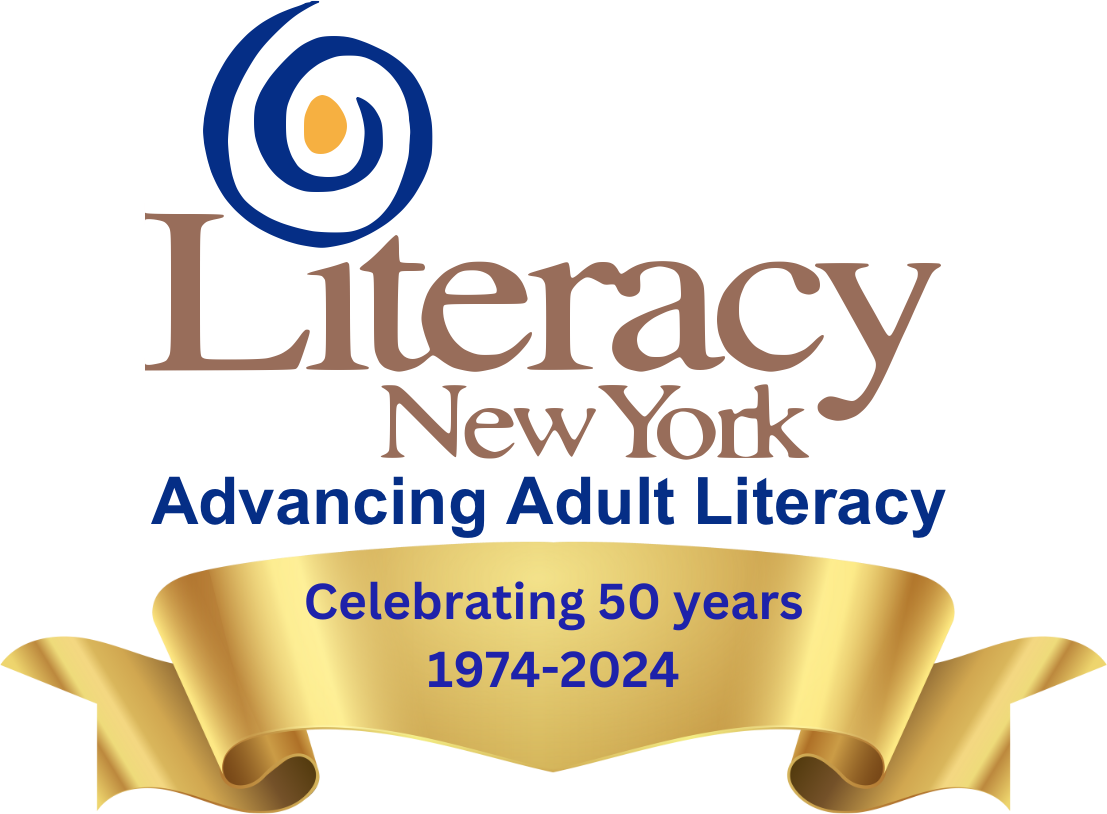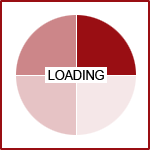Featured News - Current News - Archived News - News Categories
Language Gap Drives Growing Asian American Poverty in NYC
Written By Emma Whitford Published on Sep 4, 2018, The Civil Media Company
“I cannot tell you the number of times, as a leader of this movement, I have heard these words: ‘Oh, your community is okay,’” says Annetta Seecharran, executive director of Chhaya Community Development Corporation, a Jackson Heights nonprofit that provides English classes and housing and financial planning assistance to South Asian New Yorkers. “We’re seeing how this image of the successful Asian is determining the resources that come to the neediest.”
Contrary to that perception, Asian Americans have the starkest income inequality of any racial or ethnic group in the United States, surpassing black Americans, according to a report from the Pew Research Center. The gap between the wealthiest and poorest Asian Americans has almost doubled since 1970, researchers found. Between 1970 and 2016, the top 10 percent of Asian earners saw real incomes nearly double to $133,529 while the bottom 10 percent saw only an 11 percent increase to $12,478, the lowest gain of any ethnic or racial group.
“We think of them as the highest achieving group in America,” says Rakesh Kocchar, Pew’s lead researcher on the report. But “no group is monolithic.”
About 78 percent of adult Asian Americans in the U.S. are foreign-born according to Pew, and advocates say that whether or not they speak English is a determining factor in their ability to earn a decent living. In New York City, the number of Asian Americans living in poverty jumped 44 percent in the last decade and a half, from 170,000 to 245,000, according to a July report from the Asian American Federation. New York City’s Bangladeshi and Pakistani populations have the highest poverty rates among Asian New Yorkers.
Some 70 percent of Asian American immigrants living in poverty in New York City have limited English proficiency, according to AAF. Even beginner adult literacy classes can be “the difference between washing dishes and waiting tables,” according to literacy advocate Kevin Douglas, who co-directs policy and advocacy for the nonprofit United Neighborhood Houses.
English literacy skills are “the beginning of everything,” adds Seecharran of Chhaya. Last year, her programs served 120 adult learners with native languages including Nepali, Tibetan, Bangla, Punjabi. “It’s necessary for [applying for] citizenship, and for your ability to survive here: to function, to shop, to travel, to work.”
Demand for adult literacy classes far outstrips supply. Classes in New York City currently serve about 61,000 students annually, through community-based organizations, the Department of Education, libraries, and the City University of New York. But more than 2.2 million adults in New York City lacked English proficiency or a high school diploma in 2016, according to Douglas, who also leads the New York City Coalition for Adult Literacy. Many have English language skills below a ninth grade level, he says.
In Chinatown, an influx of non-English speaking immigrants has strained the Chinese-speaking job market in recent years, said Hong Shing Lee, director of the community-based nonprofit Careers Made Possible. Many jobs require some level of English proficiency. Take, for example, commercially-licensed drivers. “Even if they get stopped by police, they have to be able to tell police what is in the truck. Or, police ask for driver’s license, insurance, registration,” Lee said.
The Mayor’s Office of Immigrant Affairs touts $30 million in city funding for all adult literacy classes in the last fiscal year, one third of a larger pot that includes state and federal dollars. A MOIA spokesperson also pointed to the city’s free online English language learning program, We Speak NYC, which has partnered with Asian American community organizations since 2017.
The online program is “a compliment, not a replacement,” says Douglas. “We’re fighting for dollars to put students in classrooms.”
Of the $30 million in 2019 funding, MOIA says half goes to city agencies, including the Human Resources Administration and the Department of Education. Only $3.5 million is guaranteed annually for community-based adult literacy programs like CMP’s (Chhaya says it does not receive this funding and relies heavily on fundraising).
Mayor Bill de Blasio and the City Council added an additional $12 million in one-year funding in each of the last three years under pressure from Douglas and NYCCAL. Still, every year, “programs don’t know if their classes will be there the next year. A lot of time and effort is wasted in getting teachers to fight for their rights,” Douglas says.
Community organizations are unique in the adult literacy universe, says Literacy Assistance Center Director Ira Yankwitt, even though they provide fewer classes than the Department of Education. Many community groups provide additional support, like care for seniors and children. “There is a level of cultural competence,” he says.
But funders of language classes tend to value literacy education differently. They often request data on students’ job placements as proof of positive outcomes, according to Yankwitt. That data seldom exist for programs that serve immigrant beginners, like CMP.
“If I help someone read from a second-grade level to a fourth-grade level, it’s a step forward to us,” says Lee of CMP. “But it doesn’t give a compelling story to the taxpayer or the donor.”
“It’s not sexy enough,” he adds. “But we believe, truthfully, if you can’t get halfway there, how can you get all the way there?”




